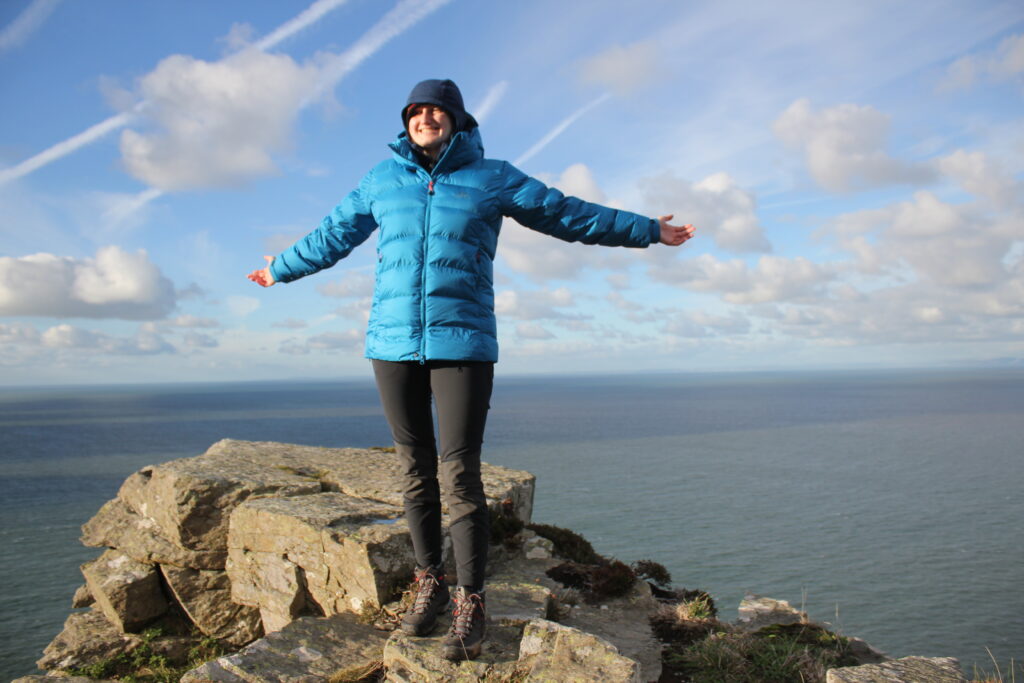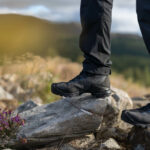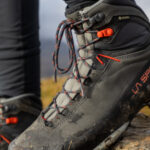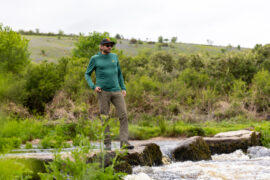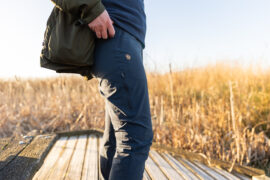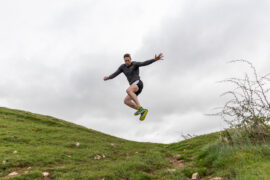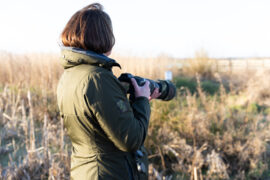Follow Rachael from the Exeter shop as she heads on up to Exmoor, takes on ME’s ultra-warm down jacket, and gives her thoughts.
…
The Women’s Mountain Equipment Lightline Jacket is marketed as a “technical women’s duvet”, and I can attest that this statement is true.
Having a mild autumn and beginning of winter, there hasn’t been too much testing in the minuses as of yet, although this jacket is going to be a keeper now that the temperatures have plummeted. However, I have tested this jacket in some high-exposure, windy conditions.
What more suitable setting to test this jacket in than the Valley of the Rocks? The Valley of the Rocks is on the North Coast of the Exmoor National Park and is part of the South West Coast Path, just 1km west of the village of Lynton. A majestic setting in any case, with optimal weather conditions for the Lightline; clear skies with a bit of wind that gradually increased over time.
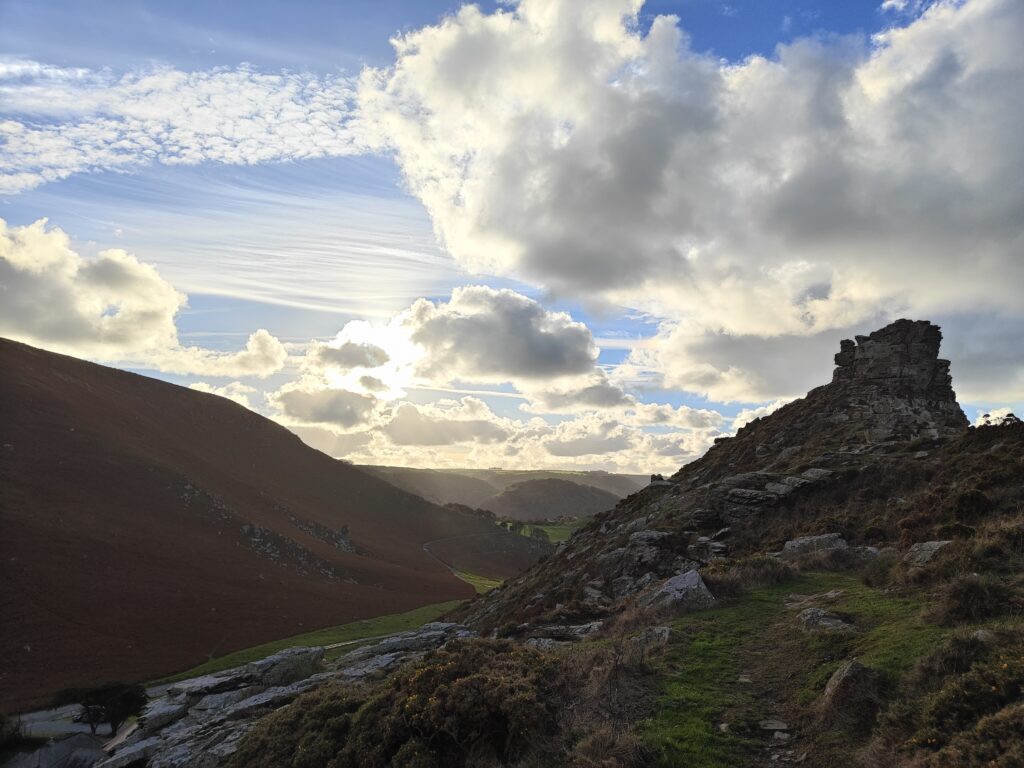
Instead of walking along the SW Coast Path, a friend and I thought we’d instead partake in some rock hopping to reach the highest vantage point for the views. Dressed in a baselayer, a thin mid layer, and the Lightline, I was initially feeling a little chilly walking from the car park to the base of the rocks, although this may have been more to not wearing thermal layers for my lower half. As soon as I started to clamber up and over rocks, I quickly began to warm up to an almost uncomfortable level, keeping to its description of being a technical duvet.
For being such a heavily padded jacket, my movements were not restricted by the Lightline, and I was able to swing myself up and down rock platforms with ease. I did take care to not scrape the jacket against any of the abrasive rocks as it only has a 40D face fabric which if you’re not careful could easily be ripped on jagged rock edges. This is still more robust than other down jackets currently on the market. Weighing in at only 640g total with 245g of Pure Down with 3 panels for exceptional fit and protection, it also didn’t feel like I was wearing anything.
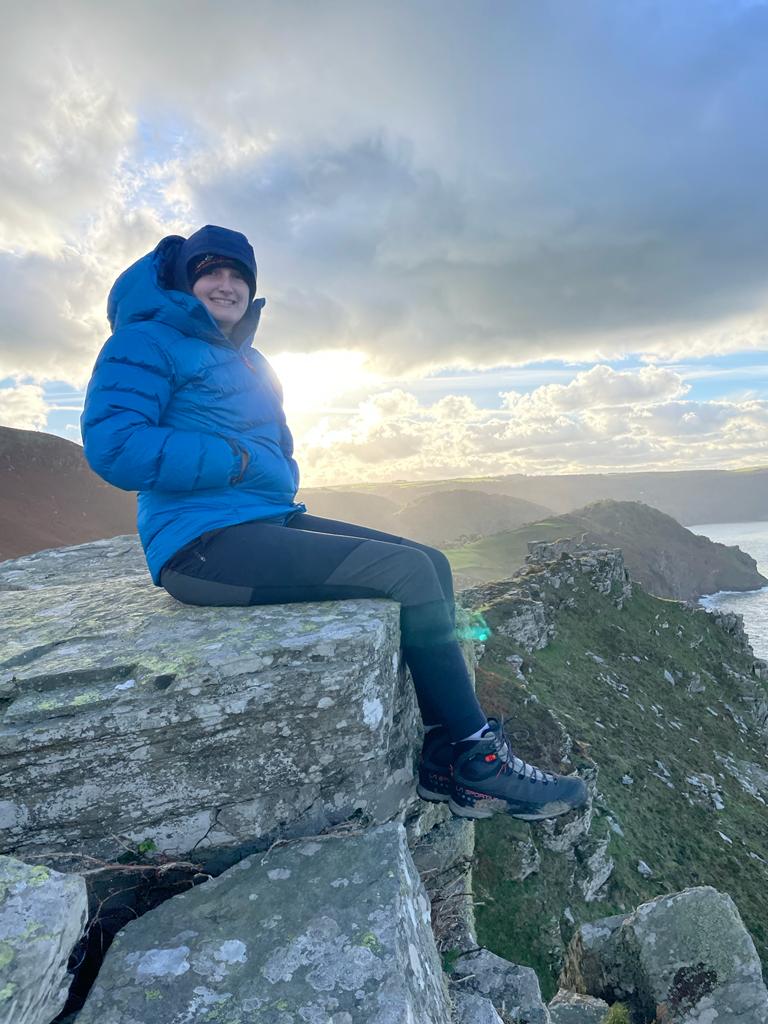
After finding our way to the pinnacle of the Valley of the Rocks it became increasingly obvious this was a very exposed area. Even with the wind whipping around us I didn’t feel the cold after stopping to take in the wonderous views around us, with the sun beginning to dip over the horizon to the west. To prevent my ears from being frozen off I happily utilised the hood that refused to budge even in the windy conditions. Even as we walked back to the car with the absence of the sun as it disappeared behind the landscape, I did not feel the urge to run back to the safety of the car as the 700-fill power of Pure Down kept me nice and comfortable.
The Lightline Jacket has so many useful features that I’ll be discussing below:
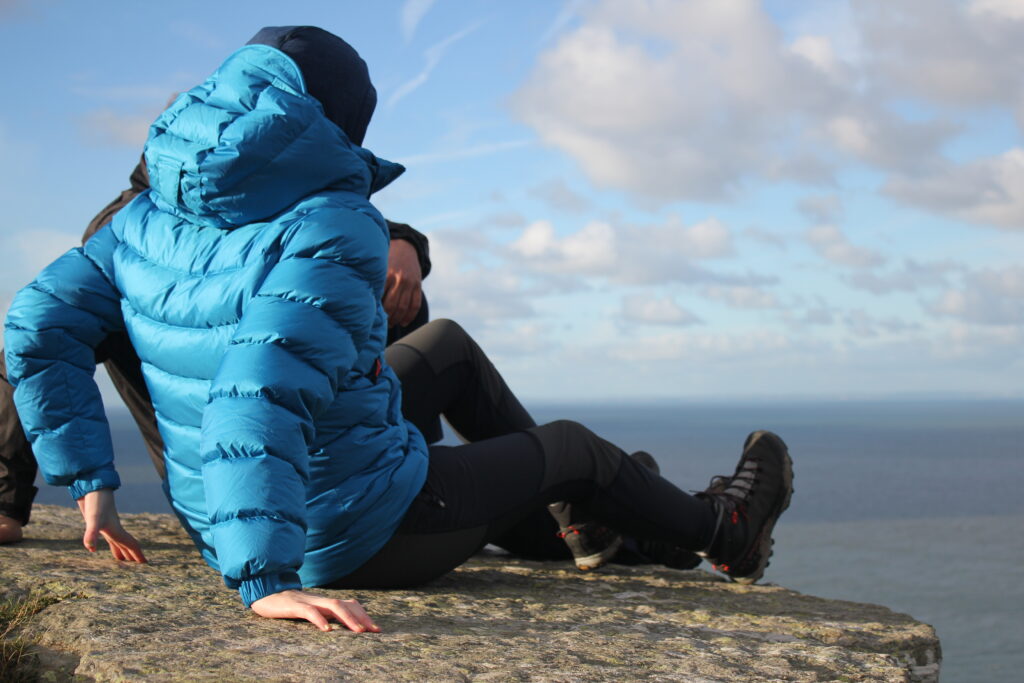
The hood
A hood can make or break a jacket. Often they get in the way when not in use, or when you are trying to use it, they flap about around your head because they are too large. The Lightline solves both of these issues. A hidden zip located around the collar of the hood allows it to be removed from the rest of the jacket, leaving behind a thick collar to protect the neck. When the hood is being used it fits snugly around the head without fear of being blown off, even by strong winds. The helmet-compatible hood makes this a perfect climbing jacket.
Climbing outdoors in this jacket is made easier by the two-way zipper allowing someone to comfortably wear a harness; this makes belaying at the bottom of a cold, windy crag, and a lot more of an enjoyable experience and extends climbing opportunities throughout the year. The YKK moulded entry front zip ensures the material does not get snagged in the zip so there is no fear of catching and ripping the material.
Snug cuffs and adjustment points
The adjustable wrist cuffs mean I can fix the sleeves in place when putting on external layers (a waterproof coat) so I don’t need to do a jig to pull my sleeves back down after. Often I won’t bother adjusting the cuffs as they have a close fit even without being tightened, which can make looking at my watch slightly more difficult. Altogether though, I would rather have a close-fitting cuff than something loose which will let cold air in. Drawcords allow the wearer to tighten the jacket at the hem if you want a tighter fit although I find having a little bit of space beneficial when I am walking or climbing over rocks.
Pockets
Whilst these pockets were not specifically designed for it, with a little bit of coaxing you can fit a standard OS map into the external pockets. This does somewhat restrict torso movement but provided you are not flexing too much at the waist e.g. clambering up and over rocks, it shouldn’t be too distracting. I suffer quite easily with cold hands when the weather turns cold so I love that my hands can find refuge in the generous side pockets, and not suffer with blue-tipped fingers. I find if I partially unzip the pockets, my hands will fit into the top section of the pocket with my phone at the bottom. The puffy sleeves help to plug any space there may be due to the open zip which really helps to warm up the pocket space.
Inner zipper security pocket
An internal zipped security pocket is large enough to fit a phone without being distracting although I tend to use the larger external pockets so I have quicker access to my phone to take images without having to open up my jacket in the cold. If the wearer is somewhere particularly cold and they have electronics with them, like cameras, you could keep the batteries in the internal pocket so they do not get too cold. As this is an internal pocket it tends to keep a little warmer than the external ones.
Totally windproof and highly water resistant
When I was caught in a light rain shower walking in Exeter, I was pleased to notice the water immediately beaded off the outer surface of the jacket and showed no sign of sinking into the material thanks to its DRILITE LOFT 40D outer fabric with PFC-free DWR. As my first down jacket, I am feeling quite protective of it, and having seen some slightly dark skies, have decided against wearing it some mornings on the off chance of being completely caught out. I know a suitable waterproof jacket will prevent this, but it hasn’t yet been cold and wet enough at the same time to warrant wearing both.
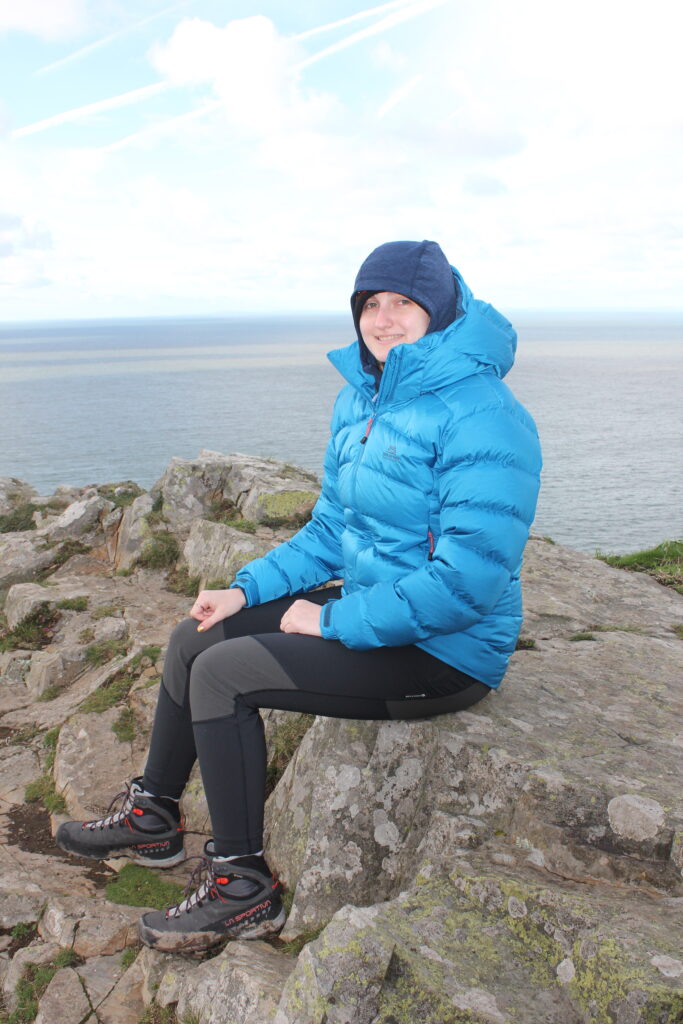
I cannot wait to wear this jacket on more adventures as the temperatures begin to drop and the weather becomes less favourable. Now the cold won’t be able to hold me back!

